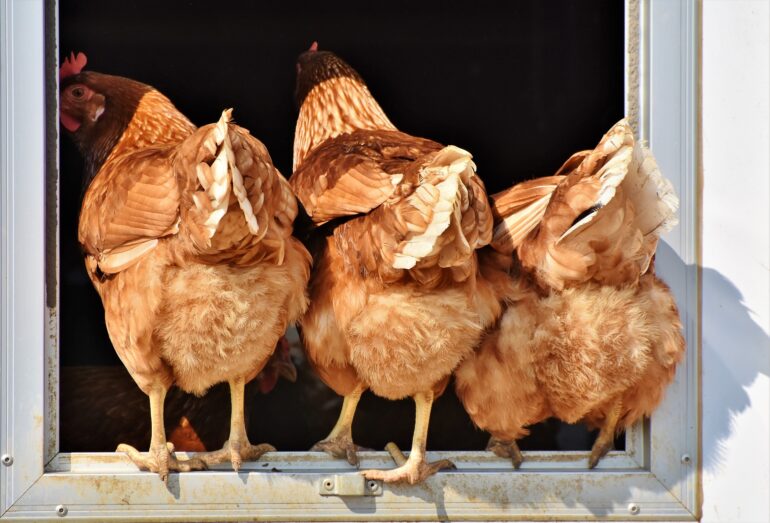TL;DR:
- Cutting-edge research at Dalhousie University employs AI to decode chicken vocalizations.
- AI algorithms analyze audio data to understand patterns and emotional nuances in chicken speech.
- Deciphering chicken language offers insights into their well-being and informs improved farming practices.
- Beyond verbal communication, non-verbal cues like eye blinks and facial temperatures indicate emotional states.
- The ethical use of AI sets a precedent for technological applications in animal science, prioritizing animal welfare.
- Implications extend to education, conservation, and policy-making, reshaping human-animal interactions.
Main AI News:
The linguistic intricacies of chickens have long been shrouded in mystery. Beyond mere clucks and squawks lies a sophisticated system of communication, reflecting their emotions and social dynamics. Similar to human languages, chicken speech evolves with age, environment, and even domestication status, providing invaluable insights into their behavioral patterns.
At Dalhousie University, our team is pioneering a groundbreaking research initiative that employs artificial intelligence (AI) to decipher the language of chickens. This venture promises to revolutionize our comprehension of these feathered beings and their means of communication, opening a realm previously inaccessible to human understanding.
AI’s Role as the Chicken Translator
Utilizing AI and machine learning, our project functions as a universal translator for chicken vocalizations. By analyzing extensive audio datasets, our algorithms discern intricate patterns and subtleties within chicken speech, a feat previously deemed insurmountable due to the diverse range of sounds in pitch, tone, and context.
Through advanced data analysis techniques, we’re on the brink of unraveling this avian code. This breakthrough not only signifies a scientific milestone but also signifies a significant stride towards more compassionate and empathetic treatment of farm animals.
Decoding Emotional Expressions
A pivotal aspect of our research involves discerning the emotional nuances embedded within chicken vocalizations. Leveraging natural language processing (NLP) technology, commonly utilized for human language interpretation, we’re deciphering the emotional states of chickens. By gauging their stress levels or contentment, we can tailor care and environments to their specific needs, ensuring their well-being.
Beyond Verbal Communication: Understanding Non-Verbal Cues
Our investigation extends beyond vocalizations to encompass non-verbal cues, such as eye blinks and facial temperatures, as indicators of emotional states in chickens. Preliminary findings suggest that changes in temperature around the eye and head regions, along with variations in blinking behavior, correlate with stress responses, providing further insights into chicken emotions.
Real-World Implications
The significance of our research transcends academic realms, with profound implications for agricultural practices. Insights gleaned from decoding chicken vocalizations can inform improved farming techniques, leading to enhanced animal welfare and productivity. Moreover, these findings hold promise for transforming animal husbandry practices across various species, fostering a more empathetic relationship between humans and farm animals.
Upholding Ethical Standards in AI Application
Central to our endeavor is the ethical application of AI, setting a precedent for future technological innovations in animal science. We’re committed to ensuring that our advancements align with ethical principles and prioritize the welfare of the subjects under study, reinforcing the ethical imperative of technological progress in animal welfare.
Beyond Farming: Implications for Education and Conservation
Our research not only enhances our understanding of avian communication but also provides valuable insights for conservation efforts. By unraveling the complexities of chicken language, we gain a deeper understanding of avian communication systems, essential for conservationists striving to protect bird species and their habitats.
Conclusion:
The integration of AI in deciphering chicken language not only enhances poultry farming practices but also sets new standards for ethical technological use in animal science. This innovation holds significant potential for market growth by improving animal welfare, productivity, and fostering greater empathy in human-animal relationships. Businesses in the agricultural sector should consider investing in AI-driven technologies to stay competitive and align with evolving ethical standards.

